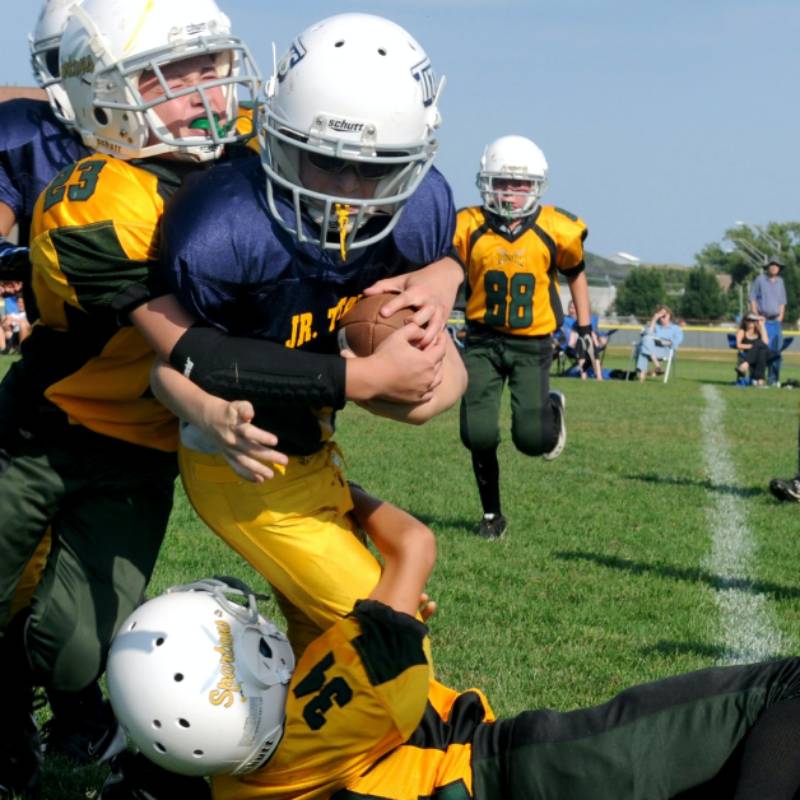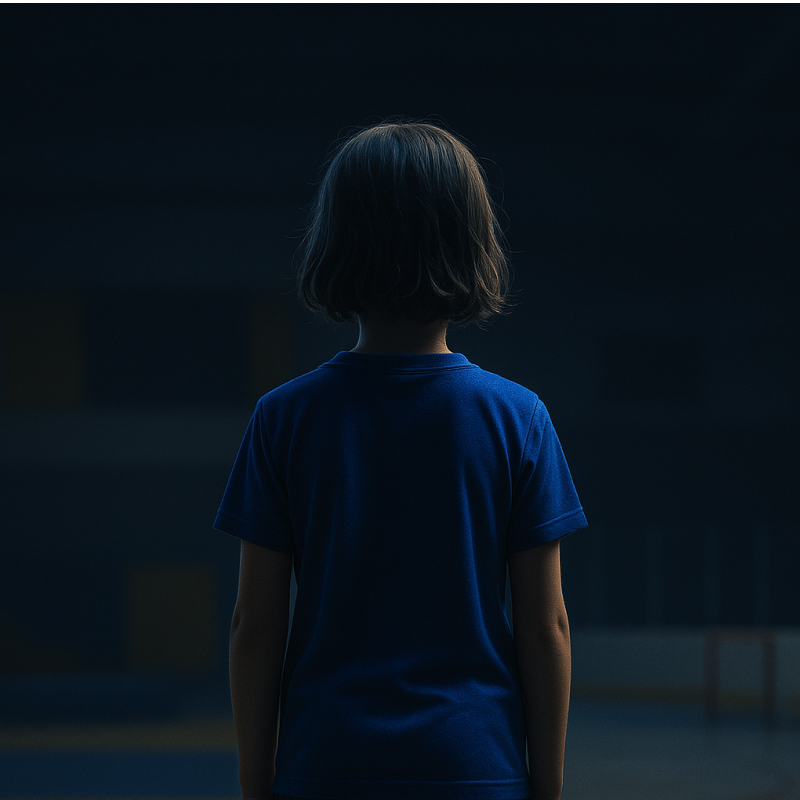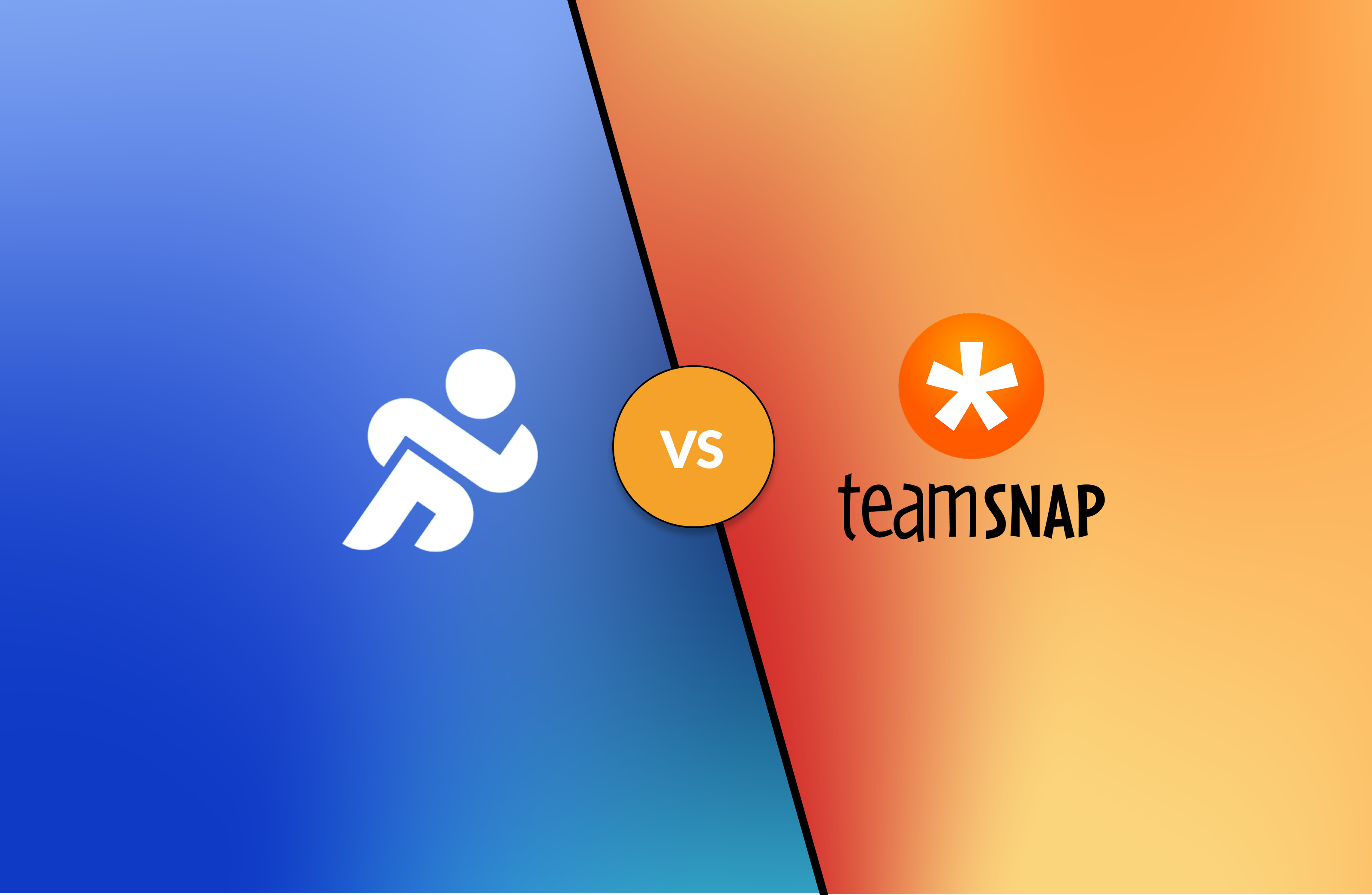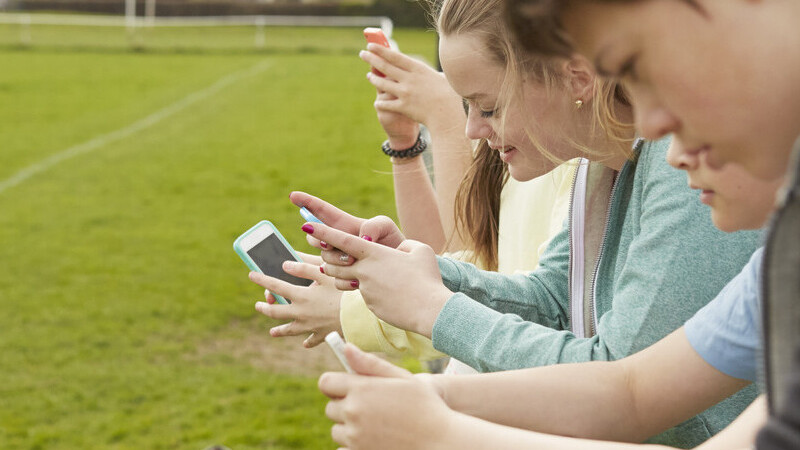Preventing and managing injuries to student athletes

Student athletes give their all on the field and in the classroom to achieve their sporting and academic goals. For many, practicing their sport is one of the determining factors in their level of motivation at school. To keep these students healthy and motivated, here are a few easy tips to share with your coaches to prevent and manage injuries!
Preventing sports injuries
In sport, there are many ways to prevent injuries. It’s important to consider the various risk factors to ensure you prevent them as much as possible. Here are a few things to keep in mind to avoid injury.
The importance of warming up
Warming up is an often overlooked but vital aspect of injury prevention. For example, according to the OPPQ (Ordre professionnel de la physiothérapie du Québec), an effective warm-up can reduce the risk of injury by 50%¹ in soccer. The warm-up should last between 15 and 45 minutes, and its duration should vary according to the length of the sports session, the weather and the time of day. The earlier the training session, the longer the warm-up should be². Make sure your trainers have good warm-up programs in place. If not, you can consult physiotherapists for suitable programs. Here are 10 simple exercises to warm up the whole body before physical exertion.
It’s also important for student athletes to stretch after sports sessions to promote optimal recovery.
Identifying overtrained students
Overtraining, while it may seem like the path to athletic excellence for some, can actually be a path to physical and mental exhaustion, and result in injury. So it’s vital to be able to detect overtraining and be equipped to prevent it.
A number of symptoms can be associated with overtraining, including intense fatigue, reduced motivation, impatience, prolonged muscle pain, disturbed sleep, etc³. Although these symptoms are generic, it’s important to be on the lookout for any combination of them that may point to a case of overtraining in a student athlete.
To prevent overtraining, you need to be able to target the onset of the symptoms mentioned and adapt your training frequency accordingly. Rest and good nutrition are essential to reduce the likelihood of overtraining-related injuries. It might be a good idea to have student athletes fill out a questionnaire on a monthly basis to identify students at risk of overtraining. Base your questions on the symptoms listed above.
The importance of hydration
Good hydration not only enhances player performance, but also reduces the risk of injuries linked to dehydration. According to Conseil Sport Decathlon, “on average, it is estimated that a person who loses 1% of his weight in water loses 10% of his physical capacity, and a person who loses 2% of his weight in water loses 20% of his physical capacity”⁴. This reduction in physical capacity therefore leads to reduced performance and increased risk of injury.
According to Hubert Cormier, doctor of nutrition, athletes should drink between 400 and 600ml of water in the two to three hours before their training session. During the session, players should drink between 150ml and 350ml every 15 to 20 minutes. Drinks with carbohydrates and minerals should be prioritized for activity sessions lasting over an hour. After training, it’s also important to consume plenty of fluids to aid recovery⁵.
Equipment quality control
Inadequate equipment can also lead to serious injury. It is therefore important that sports managers and coaches take the time to check that facilities and equipment are in good condition for the safe practice of the sport. This check should be carried out before each session. Players should be encouraged to point out any problems with their equipment. Surveys could be sent to players once a month to ensure that their equipment is in good condition throughout the season. Player safety must not be neglected.
The importance of good technique
Technique in sport is not just a question of performance and aesthetics, it also plays a vital role in injury prevention. Good technique ensures a balanced distribution of forces across the body, reducing excessive stress on muscles, joints and tendons. Emphasizing the importance of technique not only promotes optimal performance, but also minimizes the risk of injury due to poorly executed movements. It is therefore vital to make coaches aware of this issue.
Coaches know that their role is to teach the best way to do each exercise in order to be effective and reduce the risk of injury. But it can sometimes be taken for granted that students have the right technique simply because they’ve been doing the sport for a long time. Taking a few minutes at each exercise to check student athletes’ technique and make sure they’re avoiding dangerous moves is the best way to avoid injuries during training.
Preventing concussions
Concussions are one of the most common sports injuries. In fact, “every year, 20% to 40% of athletes suffer a concussion”⁶. What’s most alarming is that nearly “80% of concussions go undiagnosed, according to several experts”⁷. Contrary to what many believe, concussions are not only caused by an impact to the head. In fact, a blow to the body that has jerked the head sharply can also be to blame. To maximize the safety of our student athletes, it’s vital to be able to identify the symptoms, know what treatment is needed, and what can be done to reduce the risk.
To prevent concussions, players can be asked to be careful with contact during training sessions. In addition, make sure that the equipment provided to student athletes is in good condition. As mentioned above, make sure all coaches are aware of the importance of good technique, especially in contact sports.
Identifying cases of concussion
Following an impact to the head, it can be difficult to detect concussions. So it’s vital to be aware of the different possible symptoms. Here’s a list of concussion symptoms:
- Headache or feeling of pressure in the head
- Balance problems or dizziness
- Blurred or double vision
- Sensitivity to noise or light
- Feeling depressed
- Confusion
- Concentration or memory problems
- Nausea or vomiting
- Irritability
Optimizing player recovery
There are many ways to optimize the recovery of student athletes and ensure they are well taken care of.
Medical consultation:
After a shock that leads you to suspect a concussion, make sure the student athlete is referred to the right resources at school. The crucial first step is to consult a medical professional, such as a family doctor, an emergency physician, or even a chiropractor or physiotherapist trained to assess concussions. It’s important that the student athlete informs the school to update key people, especially the coach.
Initial rest:
Immediately after the injury, physical and mental activities should be limited. When contacting the student-athlete’s parents, encourage rest with quiet activities such as reading, while ensuring adequate sleep of 8 to 10 hours per night. This initial rest is crucial to promote healing. For its part, screen time should be limited.
Nutrition and hydration:
Diet plays a key role in recovery. Priority should be given to a healthy, balanced diet that provides the necessary nutrients. Hydration is also important to avoid dehydration, which can worsen concussion symptoms. Make sure a student who has recently suffered a concussion is properly hydrated.
Gradual resumption of activities:
Resuming activities should be gradual, starting with light activities such as walking. Resumption of sports or other high-risk activities should be guided by the healthcare professional with a gradual plan for return to play.
The role of sports managers and coaches
Sports managers and coaches need to ensure that they support injured athletes during their recovery period. An injury can lead to feelings of loneliness and a drop in motivation, which can also have a negative impact on the athlete’s academic performance. It’s important that they feel supported and included in the healing process. To this end, coaches can delegate relatively easy tasks or simply ask the player’s opinion on certain decisions. In this way, the player will still feel involved in the team and have a certain sense of importance.
Last words
Aside from coaches and parents, being an athlete is in itself a sporting philosophy. Enduring pain and discomfort, surpassing one’s limits, pushing mental and physical boundaries are all actions and messages that athletes repeat to themselves and hear from a young age. The philosophy of being an athlete thus exposes issues and challenges, but above all imbalances that can lead to more injuries. Hence the importance of taking special care to prevent injuries.
*Note that it’s important to seek medical advice when you suspect a student athlete has suffered a concussion. The doctor’s recommendations take precedence over the advice presented in this article.
¹Soccer: un échauffement efficace peut diminuer les risques de blessure de 50 %! Ordre professionnel de la physiothérapie du Québec
²Échauffement. Wikipédia
³Course à pied : attention au surentraînement. Decathlon Canada
⁴Hydratation et sport. Decathlon France
⁵L’IMPORTANCE DE L’HYDRATATION (AVANT, PENDANT ET APRÈS L’ENTRAINEMENT). Hubert Cormier, econofitness.ca
⁶Commotions cérébrales dans le sport. Association Québécoise des neuropsychologues
⁷ Commotions : Jeunes cerveaux en péril. Ici Radio Canada
Don't miss our new year-end gala organization guide!
Karl Demers



